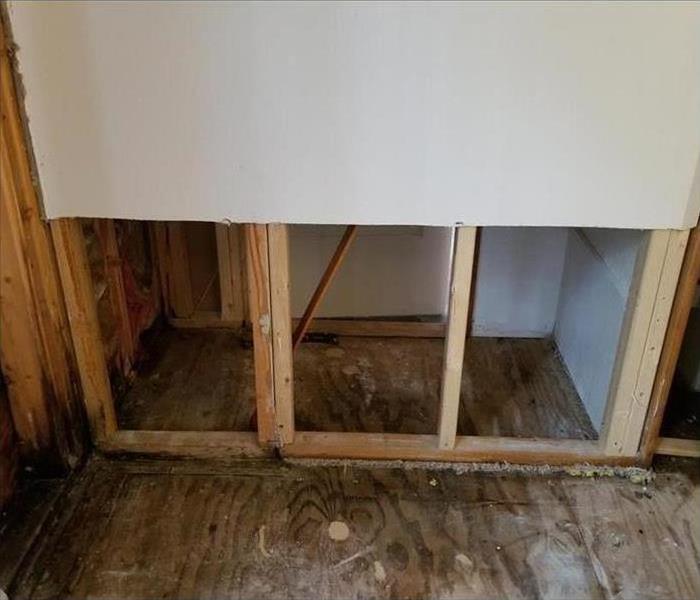What, Exactly, Is a Flood Cut?
7/19/2022 (Permalink)
The Aftermath Of a Flood
If you want to give your business the best possible care in the aftermath of a flood, you need to know exactly what your flood restoration company has in store for your building. One of the most common procedures performed after severe flooding is a flood cut, a service performed by professional restoration companies in Indiana, PA, to mitigate damage and restore materials that have already been damaged by the flood waters. There are a few noteworthy things to know about this process:
- It’s done to preserve your business’s remaining drywall.
- It cuts off an additional length of drywall to prevent contamination.
- It’s not always necessary; that depends on the type of flood water.
The Cutting Line
While this process is done to preserve the majority of your drywall, it’s typically not just the damaged materials that are removed during a flood cut. Instead, the restoration crew will begin cutting between 12 and 18 inches above where the water damage ends. This is done so that moisture issues behind the wall can be addressed as well, reducing the likelihood for mold growth and other problems in the future.
Preventing Contamination
Typically, you only need to worry about a tear-out if your flood water is ranked as “black water.” During this type of flooding, the water can be contaminated with bacteria, sewage or other harmful waste, which pose health threats to you and your employees. When dealing with this type of water, it’s always best to perform a flood cut to completely remove the affected walls in order to reduce the likelihood of contamination to the rest of your building.
Dealing with flooding in Indiana, PA, is never fun or convenient. However, by knowing what your building is in for, you can better prepare your business and your employees for emergency situations and restoration work in the years to come.





 24/7 Emergency Service
24/7 Emergency Service
